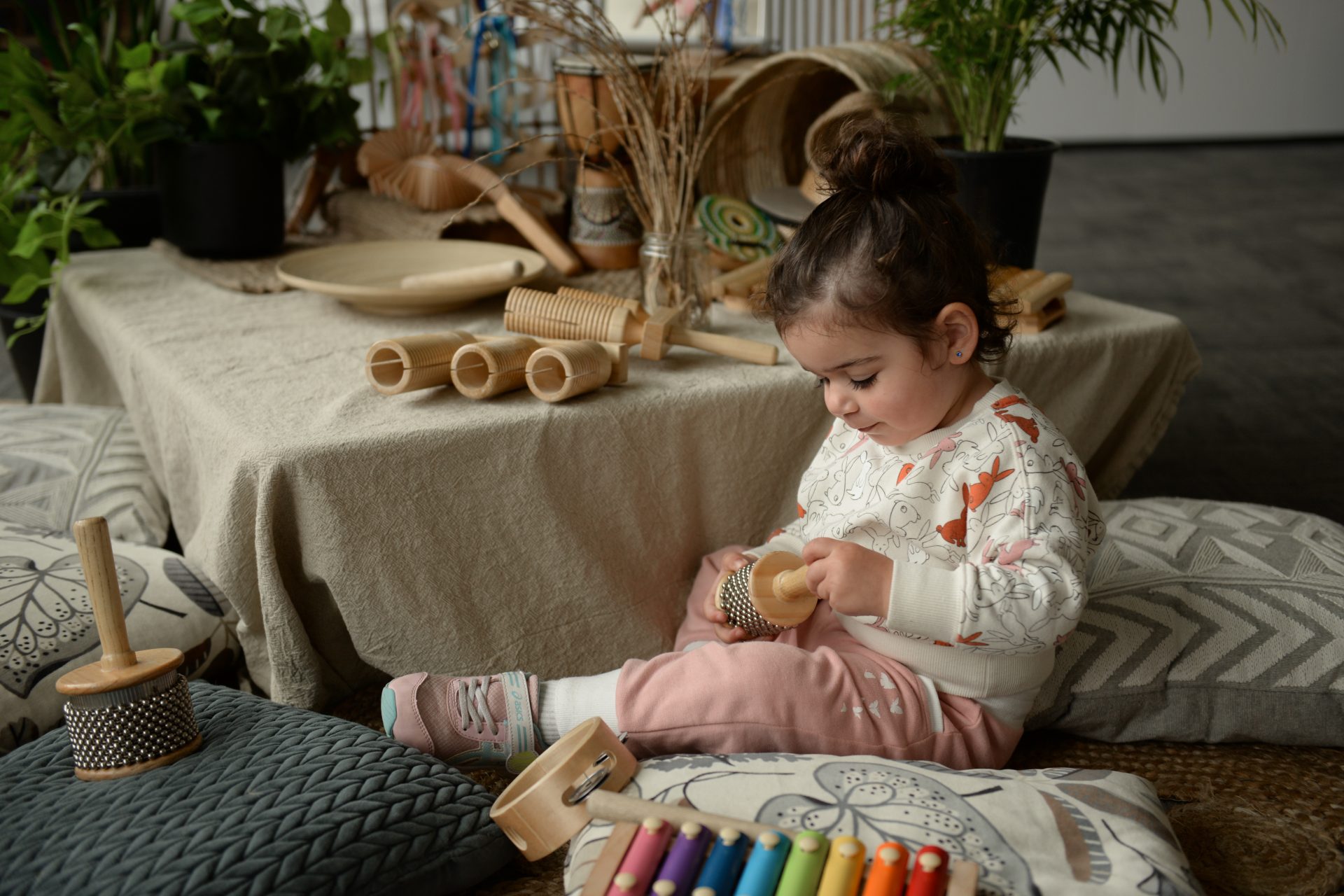
While it’s perfectly normal for both you and your child to feel a little sad for a few minutes when you part, separation anxiety is a completely different matter. It’s a surprisingly common childhood challenge, most usually experienced in children between six months and three years of age.
Even if your child doesn’t appear to be too concerned when you leave him or her, taking steps to mitigate the negative emotions separation can cause is a wise move.
Understanding what separation anxiety is
Separation anxiety can happen when a child is parted from their primary caregiver (often, but not always, the mother). When very young, they haven’t yet developed the brain connections that allow them to understand that this time apart is only temporary. For the child, what they experience is that their main form of comfort isn’t there. It usually manifests as soon as the caregiver leaves their line of sight.
Signs that might suggest your child is experiencing separation anxiety
One of the most common signs is the child becoming very clingy when you’re about to leave. This might be accompanied by tears – many a parent has experienced those heart breaking moments when they drop their little one at a day care centre, for example.
Other signs include:
- Increasing levels of waking and crying in the night – especially if they used to sleep soundly.
- Not falling asleep unless you or another familiar figure is close to them.
- Becoming increasingly upset and/or clingy when introduced to new situations.
6 steps to managing or preventing separation anxiety
Although it can be very upsetting to see your child in distress, take heart that a level of anxiety is a completely natural reaction. During the critical early years of a child’s life, the neural connections within the brain are increasing at an incredibly fast pace – at a rate of thousands per day - all of which are influenced by their surroundings and experiences.
Therefore, there are multiple things you can do to help your child manage and understand the feelings that are driving their anxiety.
- Practice separation: From an early age (even if your child doesn’t seem to have any issues with separation), leave your child for short periods with a trusted person. This could be as simple as leaving the room for a few minutes while they cuddle with a grandparent or carer. Gradually increase the time you spend apart – perhaps you nip out to the shops or grab a coffee with a friend. Gauge their reaction as to how much you can extend the time you’re away. Multiple short separation times with no anxiety from your child is what you’re aiming for. Once this is in place, you can think about leaving them for a little longer.
- It’s not goodbye: Don’t overdo the leaving process. You’re not saying goodbye – it’s more of a see you very soon. Your emotions at this point are very important (and yes, it can be hard for you too). Make the moment of parting a positive one. Smile, tell them you’ll be back soon – and, most importantly, don’t prolong the situation or make it a big deal.
- Provide a comfort object: What is their favourite toy? A stuffed animal or a blanket that they have around them all the time provides a focus upon which they can self-soothe.
- Talk about ‘later’: Give your child reassurance that you’re coming back. One of the main drivers behind separation anxiety is that the child thinks you’re leaving them for good. If, for example, you’re going shopping, tell them what will happen when you return. Perhaps you’ll be going out on a nature walk, having a bath, doing some painting… It doesn’t matter what, just that you discuss your plans for your return to give them the confidence that you’re coming back.
- Introduce changes gradually: Perhaps you’ve got a new babysitter. Maybe you’re moving your child into their own bedroom… Whatever the change, do it slowly. When introducing a new caregiver, for instance, have a few short meetings where the three of you are together for a while before you leave them alone together.
- And – most importantly – listen! Your child will be quick to give you verbal and non-verbal signs about how they feel. Once they can talk, listen to what they say and validate their feelings. Take care to respond accordingly and with reassurance. Children also give out many non-verbal clues to their feelings, such as being clingy, fussy or even withdrawn. Address these in the same compassionate way as you would a vocalised signal.
Dealing with separation anxiety can be tough - no one wants to see their child upset. At Evoke Early Learning, our experienced early childhood educators will always discuss and help parents and caregivers with any challenges. Whether your child is in our nursery, toddler, or kindergarten program, rest assured that we strive to complement the great steps you’re taking to bring up your child – and that includes helping deal with any separation anxiety issues.
Discover more about us and our childcare philosophy today.

Tracey is a highly qualified educator and administrator and brings a strong combination of academic achievement, extensive work experience in the education and business sectors as well as drive and passion to her role as General Manager of Operations at Evoke Early Learning.
Tracey has a Master of Education and an Advanced Diploma of Business and holds VIT Dual Registration to teach in Early Childhood and Primary School settings. She’s also a VIT Trained Mentor Teacher and has worked in ECEC settings as a Director, Educational Leader and as a Victorian Senior Area manager. Her recognition as a state finalist in the recent Director of the Year Awards is testament to her achievements in the early education sector.
Her extensive work experience also included a stint as Head of Curriculum at the Royal Children’s Hospital Education Institute and positions as head of ICT at a number of large primary and secondary schools. Tracey is also experienced in not-for-profit sessional kindergarten settings and long daycare environments, so she has a deep understanding of what’s required to support the needs and expectations of young children, educators, parents and caregivers.
Tracey is responsible for operational management at Evoke Early Learning’s Clayton centre in Oakleigh East and their Albert Park centre in South Melbourne and is deeply committed to leading and driving effective and sustainable service delivery throughout the company.
Tracey is passionate about making a meaningful difference to young children, their parents and the wider community and under her expert guidance, Evoke Early Learning is continuing to raise the bar in quality early education and childcare.


